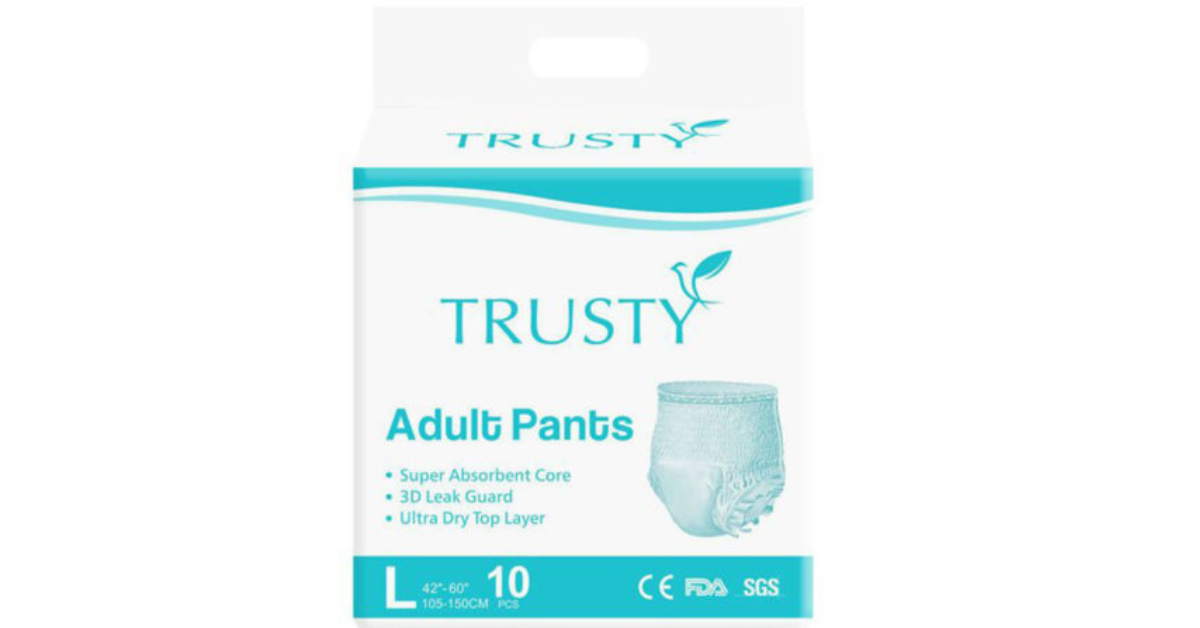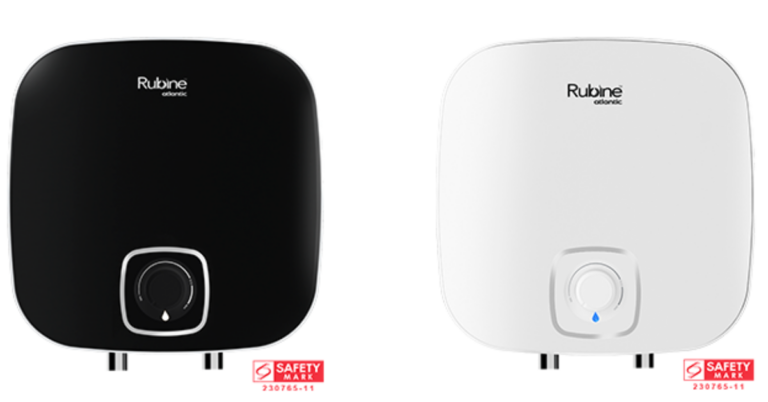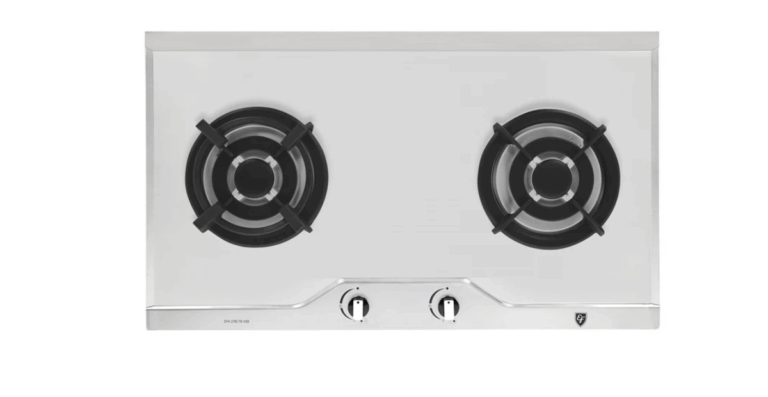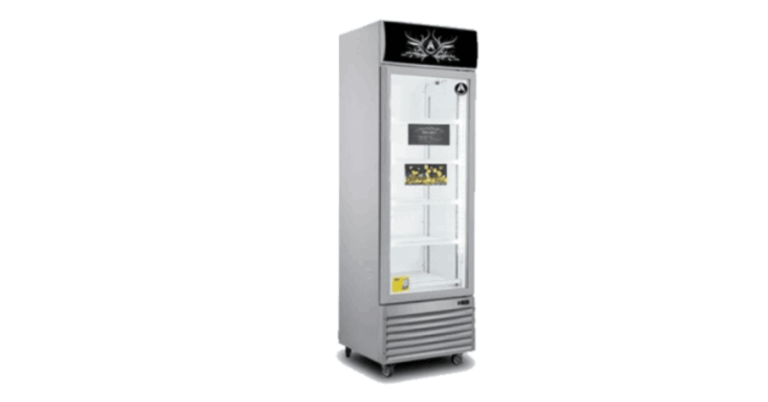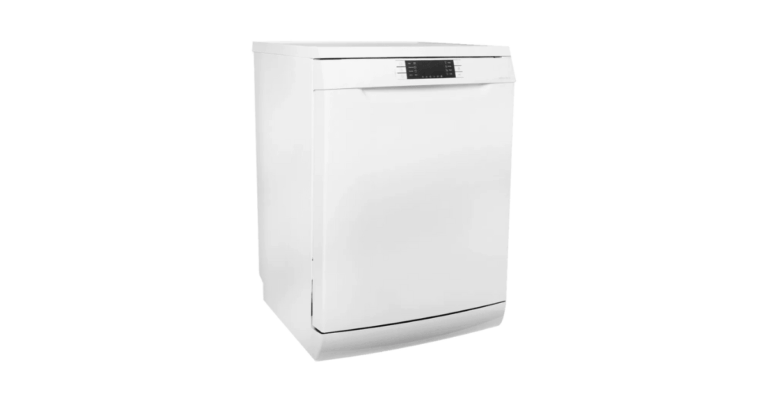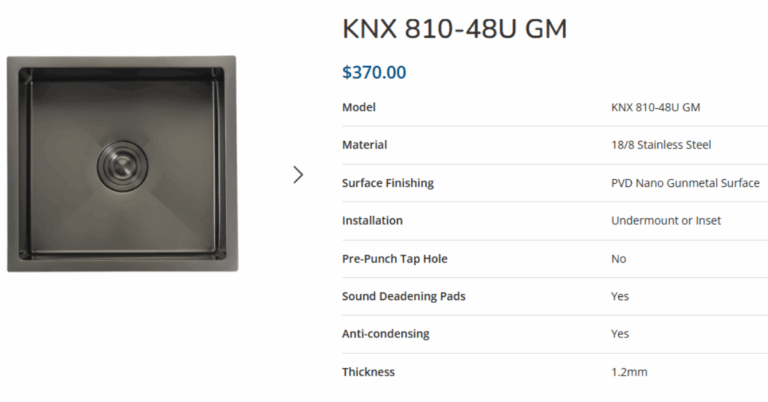Understanding Bed Underpads: A Practical Guide for Care and Comfort
Caring for individuals with limited mobility, incontinence issues, or recovering from medical procedures often requires thoughtful planning and the right support products. Among the essential items in caregiving, Bed Underpads play a crucial role in maintaining hygiene, comfort, and dignity. Whether used in hospitals, nursing homes, or personal residences, these products help protect bedding, furniture, and clothing from unwanted leaks and moisture.
This article delves into the features, benefits, types, and selection tips for bed underpads, providing caregivers and users with a comprehensive understanding of how to choose and use them effectively.
What Are Bed Underpads?
Bed underpads, also commonly referred to as chux pads or incontinence pads, are absorbent sheets placed on beds or chairs to protect surfaces from moisture. They are especially helpful for individuals who experience urinary or bowel incontinence, and they come in a variety of sizes, absorbency levels, and materials to meet diverse needs.
Bed underpads can be either disposable or reusable and are typically used in healthcare settings and home care environments. They provide a quick and easy solution to manage accidents and reduce the burden of constant laundering.
Key Features of Quality Bed Underpads
When selecting bed underpads, it’s essential to consider features that impact performance, user comfort, and overall value. Here are the main characteristics that distinguish a high-quality bed underpad:
1. Absorbency
The most critical function of a bed underpad is to absorb and contain moisture. High-absorbency underpads use multiple layers to draw fluid away from the surface and lock it in, ensuring that the user remains dry and the bed stays protected.
2. Material Composition
Most underpads consist of a soft top layer for comfort, a middle absorbent layer, and a waterproof backing to prevent leaks. The top layer should feel gentle against the skin to reduce irritation, especially for users with sensitive skin.
3. Size and Coverage
Bed underpads come in various sizes, from small pads suitable for wheelchairs or chairs to larger ones that can cover an entire mattress. Choosing the right size depends on the user’s needs and the surface area requiring protection.
4. Non-slip Backing
Many underpads include a non-slip or adhesive backing to prevent them from shifting during use. This feature is especially important for active individuals who may move frequently in bed.
5. Eco-friendliness
Reusable underpads are often chosen for their environmental benefits, as they can be washed and reused many times, reducing waste compared to single-use pads.
Types of Bed Underpads
There are two main categories of bed underpads: disposable and reusable. Each has its pros and cons, and the choice depends on the user’s lifestyle, frequency of use, and personal preferences.
Disposable Underpads
These are designed for one-time use and are typically discarded after they become soiled. They are convenient, hygienic, and ideal for travel or temporary use.
Advantages:
-
Easy to use and dispose of
-
Hygienic with minimal handling of waste
-
Often come in bulk for economic value
Drawbacks:
-
Ongoing cost for long-term use
-
Not environmentally friendly
-
May tear or bunch if not properly designed
Reusable Underpads
These underpads are made with durable materials that can be laundered and reused. They are cost-effective over time and more environmentally sustainable.
Advantages:
-
Cost savings over time
-
Environmentally friendly
-
Durable and long-lasting
Drawbacks:
-
Requires regular washing
-
Initial cost may be higher
-
Needs proper care to maintain effectiveness
Benefits of Using Bed Underpads
Whether for short-term recovery or long-term incontinence management, bed underpads offer a range of practical benefits:
1. Protects Bedding and Furniture
Underpads act as a barrier between the user and the surface they’re lying or sitting on. They prevent urine or other fluids from soaking into mattresses, sheets, or chairs, significantly reducing the need for frequent cleaning or replacement of expensive furniture.
2. Improves Hygiene
By containing bodily fluids, underpads help reduce the spread of bacteria and unpleasant odors, creating a cleaner and more comfortable environment for both patients and caregivers.
3. Supports Skin Health
Wet or soiled bedding can cause skin breakdown, rashes, or pressure ulcers. Underpads that wick moisture away from the skin help maintain dryness and reduce the risk of skin irritation or infection.
4. Enhances Convenience
Especially for caregivers, underpads simplify the process of cleaning up accidents. Disposable options can be discarded immediately, while reusable ones can be laundered with minimal fuss.
5. Offers Peace of Mind
For both users and caregivers, the assurance that bedding is protected and accidents are manageable can reduce stress and promote restful sleep.
Choosing the Right Bed Underpad
Selecting the ideal bed underpad depends on a few key considerations:
1. User Needs
Assess the level of incontinence. Light leaks may only require moderate absorbency, while heavier incontinence needs ultra-absorbent options.
2. Frequency of Use
For occasional use, disposable pads may be more practical. For long-term daily use, reusable options are more cost-effective.
3. User Mobility
Active individuals may need underpads with a secure fit or adhesive backing to prevent shifting. For bed-bound users, size and softness may be more important.
4. Environmental Impact
If sustainability is a concern, choose reusable underpads that are machine-washable and made from eco-friendly materials.
5. Budget
While reusable underpads may cost more upfront, they offer savings over time. Disposable pads, although cheaper individually, can become costly with frequent use.
Best Practices for Using Bed Underpads
Here are some tips to ensure you get the most out of your bed underpad:
-
Change the pad promptly after it becomes soiled to maintain hygiene and comfort.
-
If using reusable pads, follow the manufacturer’s instructions for washing and drying.
-
Consider layering with a fitted waterproof mattress cover for added protection.
-
Store extra underpads within easy reach for quick access during nighttime or emergencies.
-
For individuals prone to skin issues, combine underpad use with barrier creams to reduce irritation.
Conclusion
Bed underpads are an invaluable resource in caregiving and personal health management. Whether dealing with temporary post-surgery recovery or long-term incontinence, they offer practical protection, hygiene, and peace of mind. By understanding the types, features, and proper use of bed underpads, caregivers and users alike can make informed decisions that improve quality of life and maintain dignity.
Choosing the right underpad is about more than just absorbency—it’s about comfort, reliability, and convenience. With the right product and care routine, managing incontinence becomes a less daunting task, allowing everyone involved to focus on well-being and daily life with confidence.

